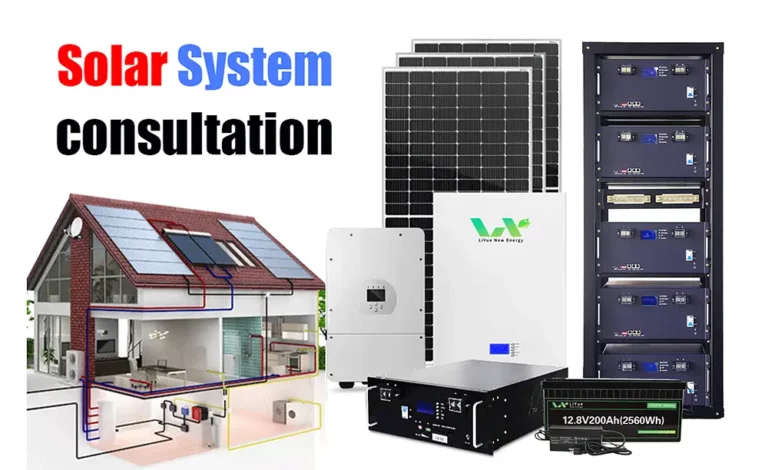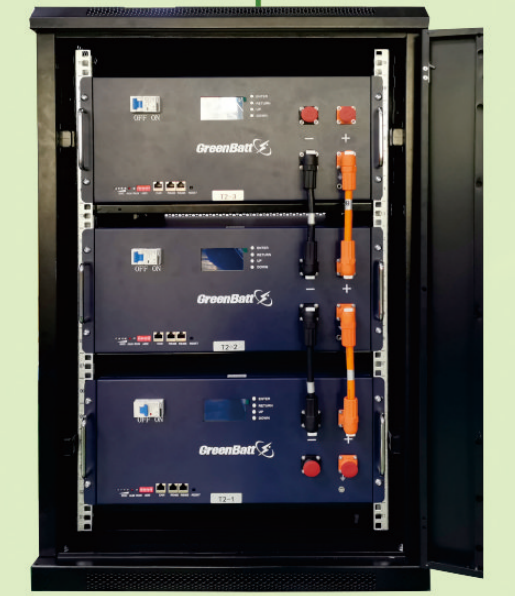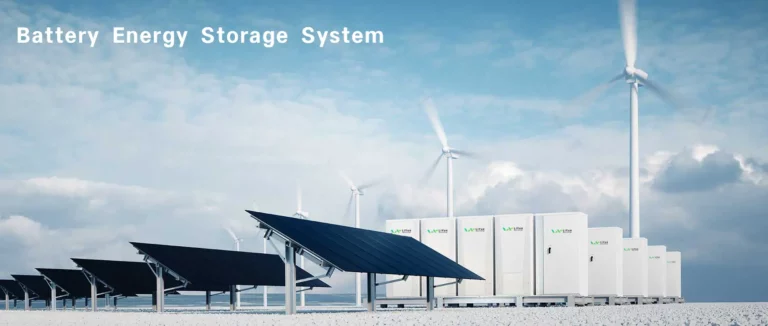Henan Liyue New Energy Co., Ltd

Tesla Powerwall vs. 48V Powerwall: Affordable Energy Storage Solution
When it comes to home energy storage systems, Tesla Powerwall is the industry giant. When people think about “installing a battery at home,” they almost immediately think of that sleek black box from Tesla. But recently, I’ve been pondering: Is Tesla Powerwall really that amazing? Is it worth over $10,000? Is there a more cost-effective alternative? Today, I’m going to break this down, so you won’t blindly follow the crowd, and you’ll make a more rational choice. And by the way, let me share with you my 48V 200Ah Powerwall battery — its performance is so impressive and cost-effective, it’ll make you laugh.
Tesla Powerwall: Expensive, and I Mean Really Expensive
Let’s start with Tesla Powerwall. As one of the most well-known home energy storage systems on the market, Tesla Powerwall’s design is undeniably cool, and its performance is solid. It comes with 13.5kWh of storage capacity, theoretically enough to power a home through an entire day during a blackout. Whether it’s for everyday use or storing energy from solar power, it’s up to the task.
But have you thought about the price? A single Tesla Powerwall typically costs between $7,000 and $8,000, and once you add installation, the total bill often ends up over $10,000. When I hear that, all I want to ask is: Does this include a mini power plant?
I mean, with $10,000, I could probably go on several vacations, upgrade my car, or even renovate my kitchen. If you’re also sensitive to price, maybe it’s time to ask yourself: Are you paying for the Tesla brand, or do you genuinely think it’s worth that much?
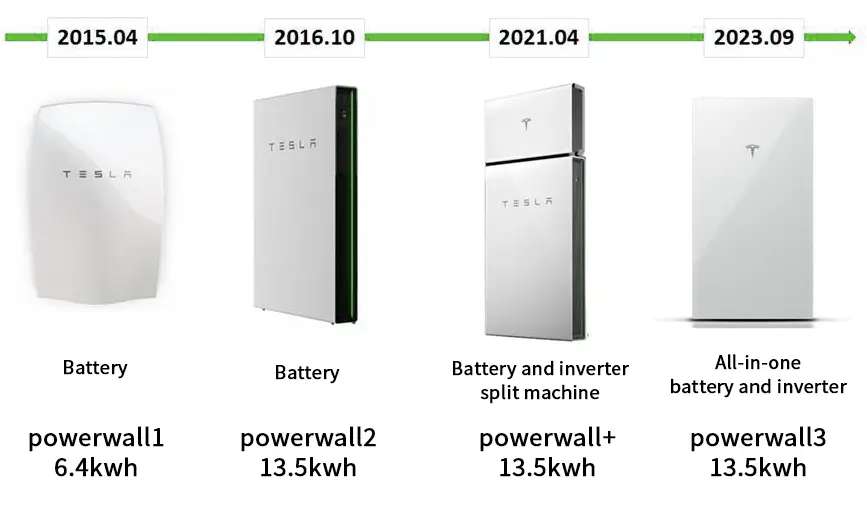
48V 200Ah Powerwall: Affordable, That’s What’s Truly Appealing
Now, let’s talk about the 48V 200Ah Powerwall battery I have in hand. It has a capacity of 9.6kWh, which is more than enough for the energy needs of most households. If you think that’s not enough, you can go for our 51.2V 300Ah model, which has 15.36kWh — and this directly beats Tesla’s offering. Just imagine, during the summer, your air conditioner can run non-stop, or in winter, your heating and TV can run as much as you want. In fact, 9.6kWh is sufficient for most smaller households.
Here’s the kicker: the price — $860. Yes, you read that right, $860. I know, that price sounds like some “year-end promotion,” but it’s the real deal. Imagine, you could buy several of these batteries for the price of just one Tesla Powerwall. The cost-effectiveness is so obvious, it’s almost comical.
Now, someone might say, “But is the performance really on par?” Well, let me break it down for you. First off, it uses lithium iron phosphate (LiFePO4) battery technology — the same technology used in Tesla’s higher-end Powerwall 3, and CATL has been mass-producing it for years. Same performance, just at a much lower price. You can check online and see how many electric vehicles are powered by this technology in China.
And, our Battery Management System (BMS) is top-notch, monitoring the battery’s status to prevent overcharging, over-discharging, and other potential issues, ensuring high safety. It’s almost like having a personal electrician watching over your battery.
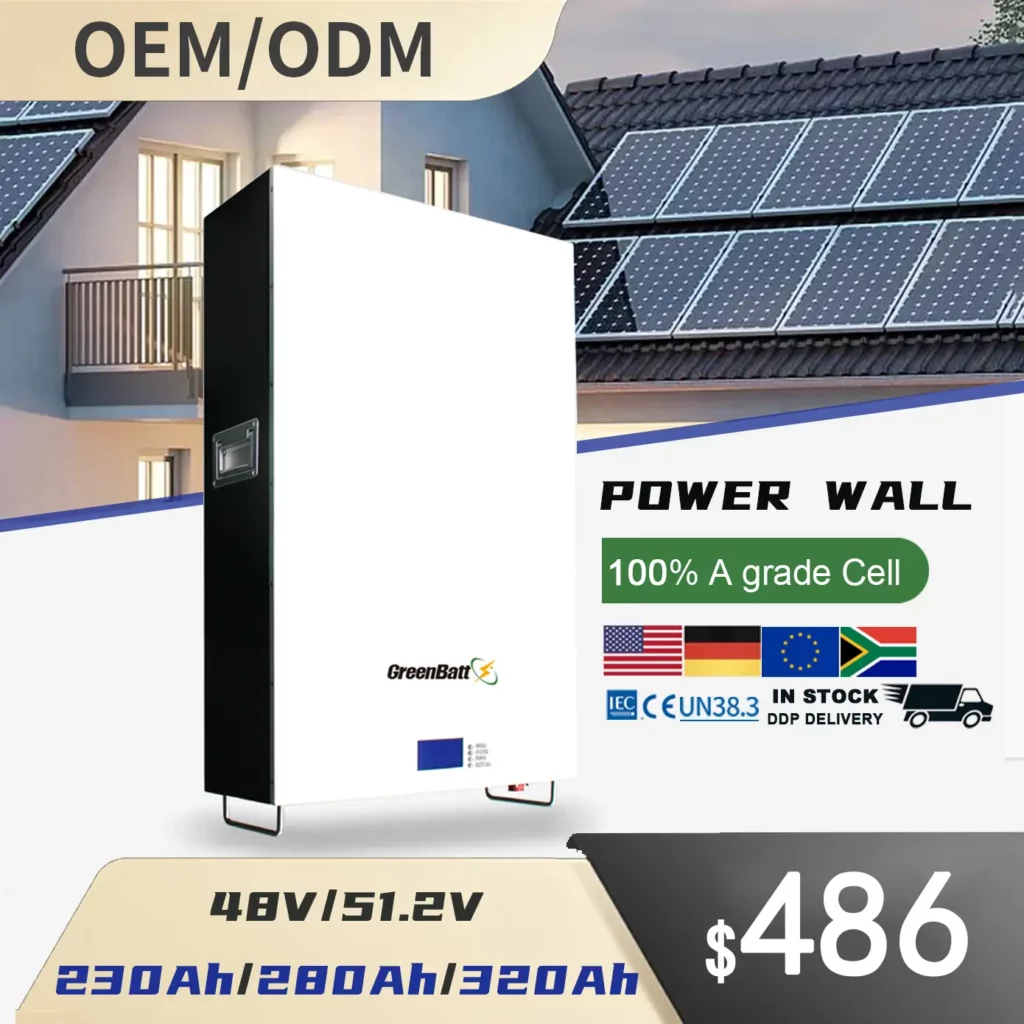

Tesla Powerwall vs. 48V Series Powerwall: A Direct Comparison
| Parameter | Tesla Powerwall | 48V 200Ah Powerwall | 48V 300Ah Powerwall | 51.2V 300Ah Powerwall |
|---|---|---|---|---|
| Energy Capacity | 13.5kWh | 9.6kWh | 14.4kWh | 15.36kWh |
| Battery Type | Lithium-ion (NCM) | Lithium Iron Phosphate (LFP) | Lithium Iron Phosphate (LFP) | Lithium Iron Phosphate (LFP) |
| Charge/Discharge Efficiency | 92% | 95% | 95% | 95% |
| Battery Management System (BMS) | Smart BMS | Advanced BMS with protections | Advanced BMS with protections | Advanced BMS with protections |
| Voltage Specification | 350V | 48V | 48V | 51.2V |
| Safety | Medium (NCM safety lower) | High (LFP battery safer) | High (LFP battery safer) | High (LFP battery safer) |
| Waterproof Rating | IP56 | IP65 | IP65 | IP65 |
| Max Parallel Connection | 10 Units | 16 Units | 16 Units | 16 Units |
| Operating Temperature | -20°C to 50°C | -10°C to 50°C | -10°C to 50°C | -10°C to 50°C |
| Communication Protocol | Modbus, CAN | Modbus, RS485 | Modbus, RS485 | Modbus, RS485 |
| Weight | 120kg | 85kg | 120kg | 135kg |
| Size (L x W x H) | 1150mm x 755mm x 155mm | 720mm x 600mm x 250mm | 720mm x 600mm x 300mm | 800mm x 600mm x 300mm |
| Warranty | 10 Years | 5 Years | 5 Years | 5 Years |
| Cycle Life | 5000 cycles (80% DOD) | 7000 cycles (80% DOD) | 7000 cycles (80% DOD) | 7000 cycles (80% DOD) |
| Price (Estimate) | $7,000 – $8,000 | $860 | $1,300 – $1,500 | $1,500 – $2,000 |
Final Thoughts: The Best Value for Your Money
From the comparison above, it’s clear that Tesla Powerwall offers solid performance, but the price tag is hard to justify. If you’re looking for the same level of performance, or even better, for a fraction of the cost, then 48V 200Ah Powerwall is the way to go. At $860, it’s not only affordable but delivers reliable performance with high safety and great efficiency.
- If you’re focused on price-performance ratio, our 48V 200Ah Powerwall is unbeatable. And if you need even more capacity, the 48V 300Ah and 51.2V 300Ah models offer even better value.
- If you still prefer Tesla’s brand and want to use its solar panels and APP together, and price is not a major consideration, then the Tesla Powerwall is still an option worth considering.
No matter what you choose, I believe you now have enough information to make an informed, value-driven decision. If you want more details or are interested in purchasing, feel free to get in touch.
Finally, remember that smart consumers know how to find a balance between quality and price.
Friendly Links:Electric Cars, Solar & Clean Energy | Tesla / LFP Power Wall Home Energy Storage Battery – Liyue Lithium Batteries Solutions
